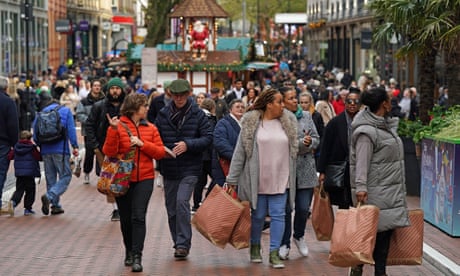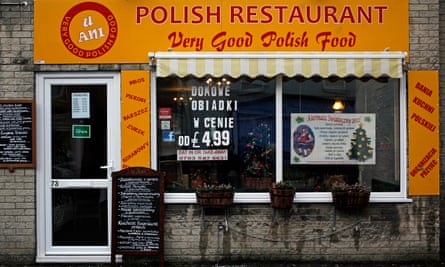A newly released report on the status of wild species in Canada has cataloged more species than any previous report — over 50,000 — and warns that more than 2,000 of them face a high risk of being wiped out in the wild.
The Wild Species 2020 report, compiled by researchers working for the federal, provincial and territorial governments, says it has delivered "the most complete understanding we have ever had on the status and distribution of wild species in Canada."
"A crucial step in preventing species loss is to identify which species exist, where they are found, and their status. That's why this national assessment, conducted every five years, is so essential," said Terry Duguid, parliamentary secretary to Environment Minister Steven Guilbeault, in a media statement.
"You can't do that without a solid baseline of knowledge. Knowledge is power."
The report — the fifth in a series published every five years since 2000 — includes data on the status of 50,534 of Canada's 80,000 known species, up from the 29,848 species covered in the 2015 report. The first report in 2000 covered just 1,670 species.
The authors of the report say they were able to record information on 63 per cent of Canada's wild species through the collaboration of hundreds of scientists working across the country for five years.
Of the species contained in the report, 47,314 are indigenous to Canada, while 3,220 are "exotic" species introduced through human activity.
"Among the 3,220 exotic species identified, the taxonomic groups with the highest number of exotic species were the vascular plants, beetles, true bugs, and moths and butterflies," the report says.
The report's authors said that more work can be done to determine the impact these exotic species are having on ecosystems across the country.
At-risk species
The report covers about 63 per cent of wild species in Canada — about 75 per cent of plants, 77 per cent of fungi and 29 per cent of microscopic wild species.
The three provinces with the most wild species are Ontario at 25,776, British Columbia at 24,540 and Quebec at 21,933.
Related video: Thousands of wild species are at risk of extinction: report
Duration 1:53
View on Watch

The report identified 2,253 species facing the highest risk of elimination in Canada. They include beetles, moths, butterflies and species such as macrofungi and lichens.
The report says that of those 2,253 species, 105 are only found in Canada — meaning that their survival as a species is in peril.
"The number of species that may be at risk identified in the Wild Species reports has continuously increased largely due to the increased number of species included," the report said.
The report says that about one in five wild species in Canada face some risk of extirpation — of elimination in the wild in this country.
The report said 873 species are critically imperiled — are at high risk of being eliminated in the wild — another 1,245 fall under the slightly less severe category of imperiled, while 2,765 species are considered vulnerable, at moderate risk of being wiped out in the wild.

The North Pacific right whale, like this one pictured in the Bering Sea in 2017, is one of 24 mammals facing the highest risk of extinction in Canadian waters.© The Associated Press
The authors of the report said 9,562 species can be considered apparently secure, or at a fairly low risk of extirpation, while 10,038 species are considered secure or at a very low risk of extirpation.
The report said that of the species that were ranked to determine their status, 80 per cent were considered secure and 20 per cent faced some risk of being eliminated in the wild.
The report said that another 26,000 species were unrankable due to insufficient data.
On the verge of being wiped out
The report said that of the 223 wild mammal species known to exist in Canada, 24 are considered to be at risk of being wiped out in the wild. Those include the Vancouver Island marmot and the Ogilvie Mountain collared lemming, both of which are endemic to Canada.
Other mammals at risk include the common grey fox, the northern elephant seal, the North Pacific and North Atlantic right whales, the Sei whale and the blue whale.
Of the 696 known species of birds in Canada, 50 are at risk of being wiped out in the wild. They include the whooping crane, the spotted owl, the snowy egret and the sage thrasher.
Of 5,324 species of vascular plants, about 598 are at risk of being wiped out, including the false daisy, the compass plant, the juniper sedge and the California sword fern.
Canada is hosting the UN conference on biodiversity — called COP15 — next week in Montreal. NDP environment critic Laurel Collins said Guilbeault should use the conference as an opportunity to address the "biodiversity crisis."
"New Democrats are urging for a real climate plan that prioritizes ending biodiversity loss and stops all fossil fuel subsidies – while protecting workers and Indigenous communities," Collins said in a media statement.










